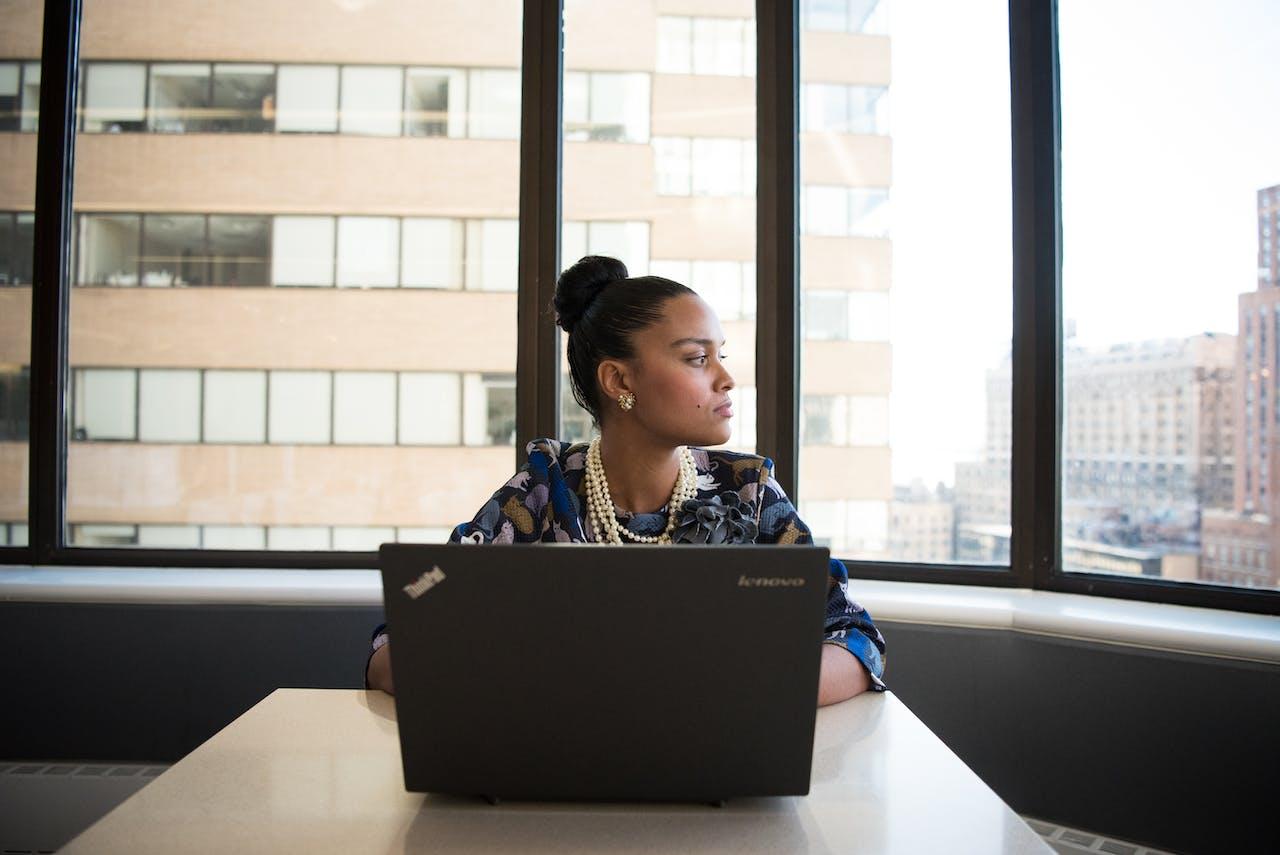‘Leaveism’ and ‘Presenteeism’ continue even when employers are more flexible – here’s how to be happier at work

What we found was that working from home didn’t solve any problems, it merely moved them to a different location. (Pexels Photo)
Way back in February 2020, before most of us really knew anything about COVID, we wrote an article for The Conversation about “leaveism” and its impact on flexible working. Barely a month later, the world was bracing for a pandemic that would inadvertently create the largest (forced) working experiment of all time.
This was a great opportunity for researchers like us to watch how working from home solved or exacerbated the workload problems that employees and managers had been dealing with face to face in the years before COVID. For many, the “workplace” was now the kitchen table or spare bedroom. The difference was there was no supervisory physical presence.
So, when the pandemic presented people with a golden opportunity to work remotely – and to some extent flexibly – it was fascinating to observe how the workforce responded. What we found was that working from home didn’t solve any problems, it merely moved them to a different location.
We first coined the term “leaveism” in 2013 to explain some previously undescribed workplace practices:
- using allocated time off such as annual leave entitlements, flexi hours banked, re-rostered rest days and so on, to take time off when they are in fact unwell
- using these leave entitlements to look after dependents, including children or elderly relatives (rather than for rest and recuperation)
- taking work home that cannot be completed in normal working hours (due to excessive workload)
- working while not at work, on leave or holiday to catch up (or keep up!).
As you can probably imagine, the pandemic and related lockdowns and restrictions to working practices had a significant impact on all of these practices. It also affected those ascribed to “presenteeism”, which is when you go into work but aren’t operating at your full potential because you’re unwell.
Finding a new normal
Now, as we emerge from the dark days of the pandemic, most companies are trying to decide what the new working “normal” will be: hybrid, remote or calling everyone back to the office five days a week? Many firms will find that the most suitable option is highly idiosyncratic, depending on the organisation, its employees, industry and many other individual factors. But those choices are also likely to make a big difference to levels of sickness absence, presenteeism and leaveism in today’s organisations.
Indeed, the speculations we made about taking work home in February 2020 are all pretty much the norm now, according to our latest research. These changes were triggered in an unexpected way, but nevertheless taking work home, and juggling work and home life are now pretty much everyday business for most.
Our previous book, written during COVID lockdowns, documented perspectives from a number of different organisational settings. They all largely came to the same conclusions around homeworking during that time: there are advantages but also some negative aspects of home working and flexible working. For example, employees may find there are huge financial benefits in working just from home, saving on time and travel costs. Downsides may include inadequate space in the home to work, limitations with internet or other technological blockers.
Our latest study, explained in our book Wellbeing at Work, examined the effects of lockdown on workplaces and how the balance has tilted from sickness absenteeism to sharp rises in presenteeism and leaveism. Other recent research also shows that, despite much more homeworking during and after pandemic lockdowns, 43% of people still experience presenteeism and slightly more (47%) leaveism.
How to help people be happy at work
But managers are now far more conscious, or should be, of the effects of these phenomena in the workplace. And there are ways to help negate the impacts of these practices, both on the workforce and on businesses. Whether a line manager works in the same physical space as their employee or not, good leadership is key.
Crucially, line managers need good emotional intelligence. That is, to understand how their employees are feeling and thinking about things that have an impact on their lives. Managers who have high levels of this (known as EQ) tend to have better relationships with their teams, which can lead to high levels of commitment and effort from them.
Developing such vital “soft” skills helps managers find out what they need to know about the circumstances of their team members without making unwanted intrusions into their private lives. This seems like a difficult line to decipher, but for those who are adept at navigating it, the rewards are huge.
New working patterns
Research shows that good line management can make the difference between having great days at work and having a miserable time. When the latter occurs, you may witness the emergence of leaveism and presenteeism. These are tell-tale signs that people may not be happy, feel uncomfortable or are indeed thinking of leaving (usually measured as intentions to quit).
Having said all of this, employees are facing extraordinary challenges during this uncertain period for working lives. Organisations are managing shifts in policy in respect of remote versus office working. And the perfect combination is as yet unclear, but depends on a host of personal circumstances.
In this environment, opportunities for constructive development of employees can seem few and far between. But managers must think about the sustainability of their teams and invest wherever possible in things that will help create more good days at work than bad for everyone.![]()
Cary Cooper, Professor of Organisational Psychology and Health, University of Manchester and Ian Hesketh, Project Support, National Health & Wellbeing Forum, University of Manchester
This article is republished from The Conversation under a Creative Commons license. Read the original article.





















